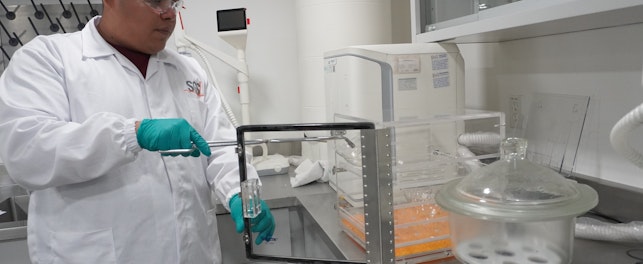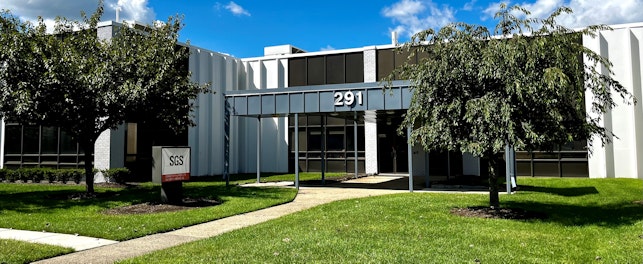Modern homes often contain multiple forms of composite wood – from plywood furniture to laminate flooring. With concerns over formaldehyde emissions from composite wood translating into legislation, how can operators ensure their products conform to North American regulations?
The North American composite wood market is projected to rise from USD 736 million in 2016 to around USD 1,876 million in 2023.1 This popularity stems from the fact that composite wood materials are more sustainable, hard-wearing and can be easily molded and shaped at lower temperatures, making it cheaper to work with and better for the environment. For consumers, one material type can create a variety of products with multiple looks and designs.
What is composite wood?
This broad term covers a wide range of fabricated wood products. Fibers, sawdust and wood veneers are bound together using adhesives or plastics to create a new material.
Types of composite wood include:
- Hardwood plywood – composite core (HWPW-CC)
- Hardwood plywood – veneer core (HWPW-VC)
- Particleboards (PB)
- Medium-density fiberboards (MDF)
- Thin-MDF
- Laminated products
Concerns over formaldehyde
Formaldehyde is often used as the binding agent in composite wood products because it is effective and inexpensive.
However, formaldehyde emissions higher than 0.1 ppm in the air can cause watery eyes, a burning sensation in the eyes, nose and throat, coughing, wheezing, skin irritation and nausea.2 It has also been shown that exposure to formaldehyde can cause cancer.3 This has led to several countries introducing legislation to restrict emissions from composite wood products.
North American regulations
In 2010, President Obama signed into law the Formaldehyde Standards for Composite Wood Products Act. The US Environmental Protection Agency (EPA) then published its final rule in December 2016 to reduce exposure to formaldehyde emissions from certain wood products. The EPA regulation aligns with California Air Resources Board (CARB) requirements.4
Under the terms of the act, formaldehyde is now restricted in composite wood products to:
- HWPW-CC or HWPW-VC – no more than 0.05 ppm
- PB – no more than 0.09 ppm
- MDF – no more than 0.11 ppm
- Thin-MDF – no more than 0.13 ppm
- Laminated products – no more than 0.05 ppm
Under the terms of this legislation, all composite wood products imported, manufactured or sold in the US have been obliged to conform to these requirements since June 2018. The one exception is laminated products that are not exempt from the meaning of HWPW, which must comply from March 24, 2024.5
In 2021, the Canadian Government published ‘Formaldehyde Emissions from Composite Wood Products Regulations’ (SOR/2021-148), aligning the country’s standards with the US Toxic Substances Control Act Title VI ‘Formaldehyde Standards for Composite Wood Products’ (TSCA Title VI). Canada’s regulations will come into force on January 7, 2023, but with requirements for laminated products not applying until January 7, 2028.6
Both US and Canadian laws set requirements for testing, record-keeping, reporting and labeling. In the US, since March 22, 2019, importers of all composite wood products, whether as panels or incorporated into component parts or finished goods, have also been required to provide an import certification.
The advantages of composite wood materials mean the market for products made from them is growing. To succeed in the competitive North American market, manufacturers and suppliers must ensure their products conform to US, Canadian, and if they operate in California, CARB requirements.
SGS solution
We provide comprehensive testing and consultancy services to help manufacturers and suppliers of composite wood products successfully access US and Canadian markets. We cover the full range of product types, including children’s toys, composite wood panels, flooring, countertops and picture frames.
Our solutions conform to strict regulatory requirements, using large chamber (ASTM E1333) or small chamber (ASTM D6007) methodologies. Services include US Formaldehyde Emissions Certification and CARB Certification Services.
Enjoyed this article?
Find more news and updates in our Consumer Compact newsletter >
Delivered direct to your inbox
Subscribe to Consumer Compact >
Follow us on LinkedIn >
For further information please contact:
Dr. HingWo Tsang
Global Information and Innovation Manager
SGS Connectivty & Products
t: (+852) 2774 7420



